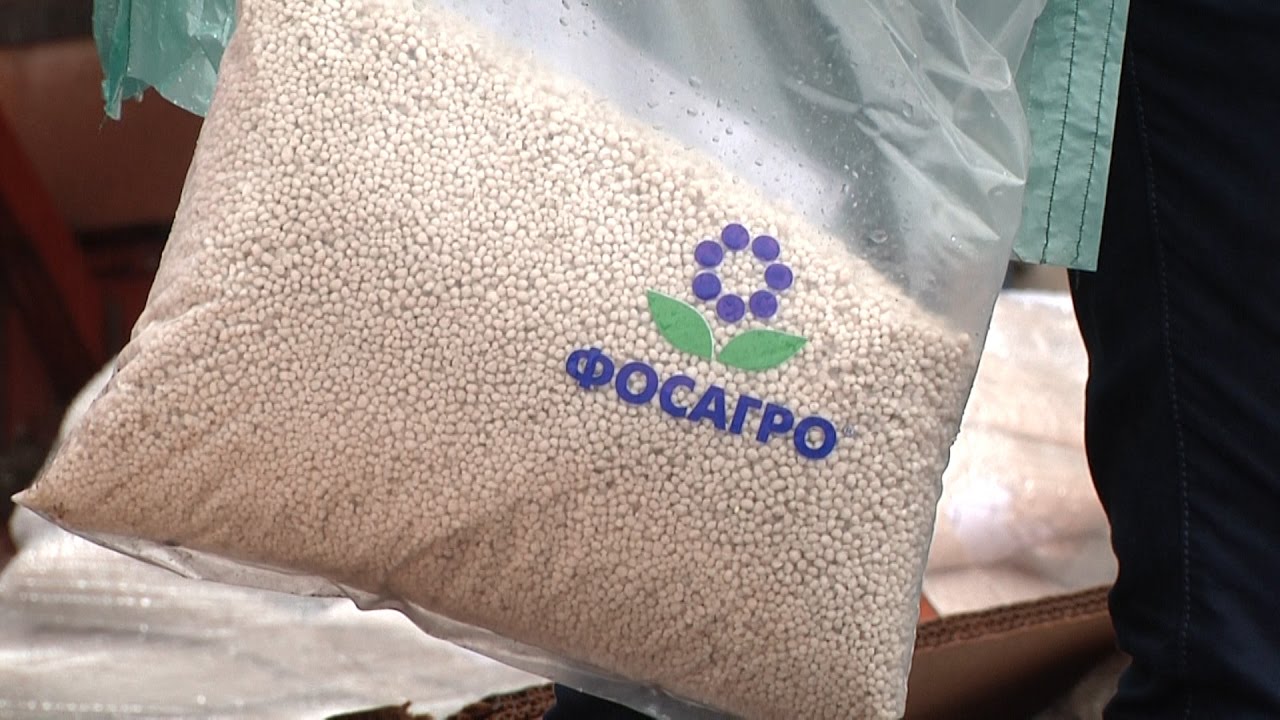Russian fertiliser producers in May were able to partially recover from April’s production decline, according to data from Rosstat.
Mineral fertiliser production in May increased by 14% year-on-year to 2 million tonnes (in terms of 100% nutrients). However, this is still significantly lower than last year’s level – by almost 11%.
Potash output in May fell 32% year-on-year, but increased 1.5 times year-on-year to 0.6 million tonnes in April.
Phosphate fertiliser output was 0.4 million tonnes, up 11% year-on-year and 2% in April. Nitrogen fertiliser output was 1 million tonnes (up 2% both to May 2021 and April 2022).
In January-May, Russian companies produced 10.4 million tonnes of mined fertilisers (d.o.b.), down 7% on the same period in 2021.
Ammonia output in May fell 21% year-on-year, but was up almost 3% on April. In the first five months of 2022, Russian ammonia production fell 11% to 7.5 million tonnes.
As reported, Russian fertiliser production in April fell by 17% to 1.8 million tonnes (d.o.b.) in both March 2022 and April 2021. The drop was mainly driven by a more than 40% reduction in output in the potash segment. According to RZD data cited to Interfax by a source familiar with them, in April Russia’s main potash producer Uralkali (MCX:URKA) – reduced exports by 77% against March. But in May, the company managed to increase the volume of export shipments 4.4 times, returning to the March level.


